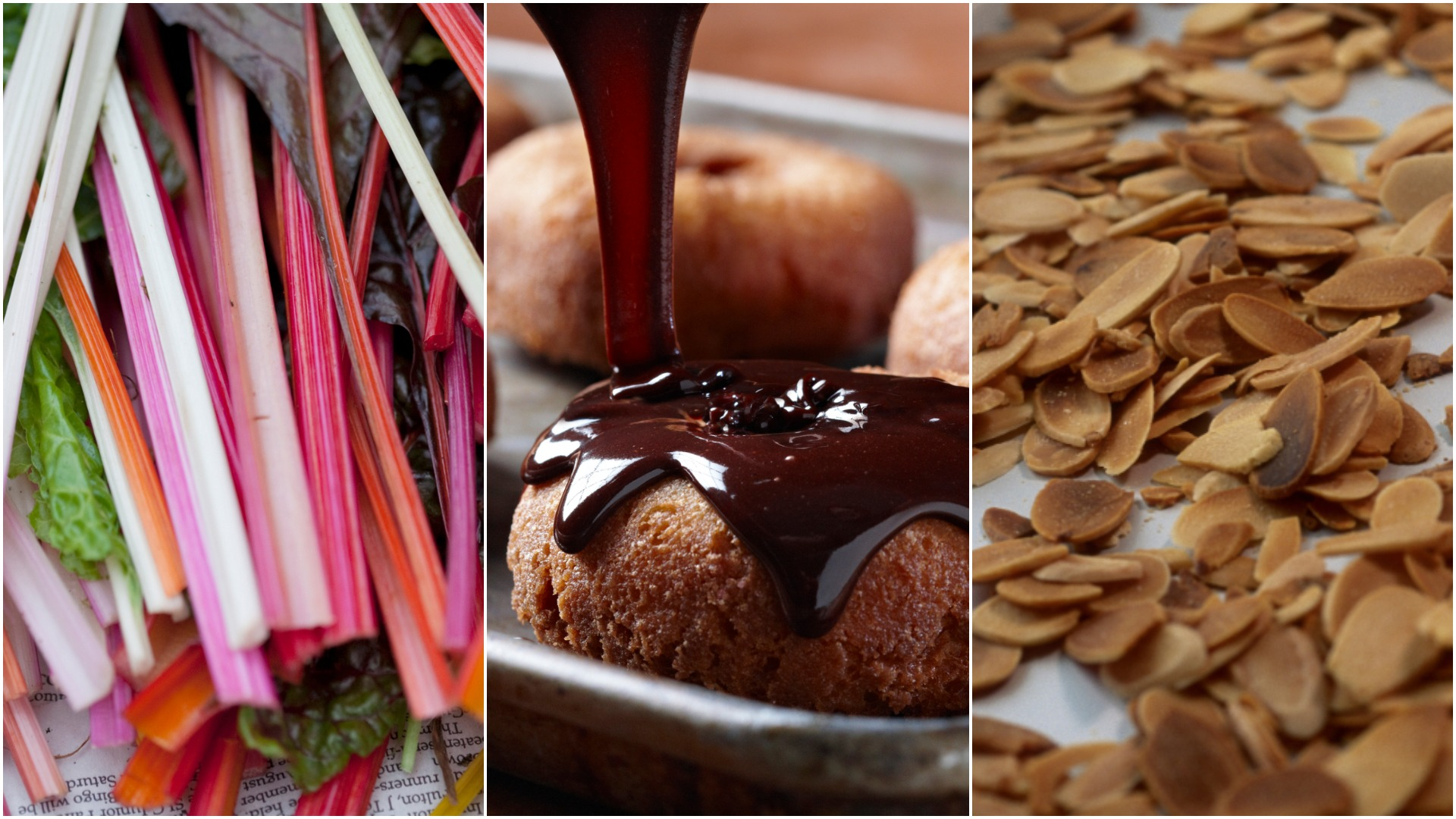Lightbulb Moment: How The Microwave Helps Me Cut Corners While Cooking
The microwave gets the least respect of all the kitchen appliances and I'm sick of it. Look, it's not the microwave's fault that it's been used in disappointing ways. For example, the microwave is maybe the worst way to reheat pizza, and yet we all keep doing it, resigning ourselves to soggy leftovers because it's slightly faster. The microwave is not a miracle box with the power to perfectly cook anything and everything—it was never built to do that. What a microwave does, in the simplest terms, is vibrate the water molecules in your food, which produces heat, then steam, meaning that you're actually cooking your food from the inside out. Admit it, that's pretty amazing! It's time to get past your microwave issues and embrace this appliance as a legitimate tool in your kitchen arsenal. Here are three things I always use it for.
Toasting nuts
Whenever I share this tip with someone they look at me like I'm nuts, and then they force me to explain how it works because they don't seem to believe me. By vibrating a nut's electrons you're able to cause the oils inside it to warm, thus toasting the inside before the outside has a chance to burn.
To do this, simply spread out your nuts on a microwave-safe plate and cook them on high for one-minute increments, stopping when they begin to smell toasty and delicious. If you'd like the outside of the nuts to brown up a bit, too, mix them with a tiny drop of oil first, just to give them the thinnest possible coating.
Steaming and blanching vegetables
Steaming vegetables in your microwave is so preposterously easy that I cannot for the life of me remember the last time I did it on the stove. You don't need any special equipment, nor do you need to stick to frozen vegetables that are sold in special steaming bags. All you need to do is rinse your vegetables well, put them in a microwave-safe bowl with a few tablespoons of water, partially cover them with a plate or plastic wrap (leaving a small space for excess steam to escape), and then microwave for 1- to 2-minute increments until they're done to your liking.
This is also a good trick when a recipe calls for blanching vegetables: Steam the vegetables just until their colors turn vivid, then remove the lid and fill the bowl with cold tap water and ice cubes to stop the cooking.
Melting Chocolate
Melting chocolate in a double boiler on the stove invites disaster, since there's a possibility that escaping steam will get into the bowl with the molten chocolate and turn everything grainy. In the microwave, meanwhile, there is no added water to contend with. The chocolate gently melts on its own as its cocoa butter liquefies, so there's no risk of seizing.
To melt chocolate, simply break it into small pieces, put it in a microwave-safe bowl, microwave for one minute, then give it a stir—chocolate has a tendency to hold its shape when it's heated (some types, like chocolate chips, have added stabilizers to ensure it), so you won't know if it's melted until you stir. Continue microwaving the chocolate in 20-second increments, stirring each time, until you're reached the right consistency.
Microwaves are also my favorite way to make ganache: simply pour an equal measurement of cream over your chopped chocolate, microwave for 2 minutes, then whisk. Continue microwaving in one-minute increments, whisking well, until the ganache is totally smooth. Once it's liquid, you can mix in any flavorings you want, like espresso powder, vanilla extract, or booze.
